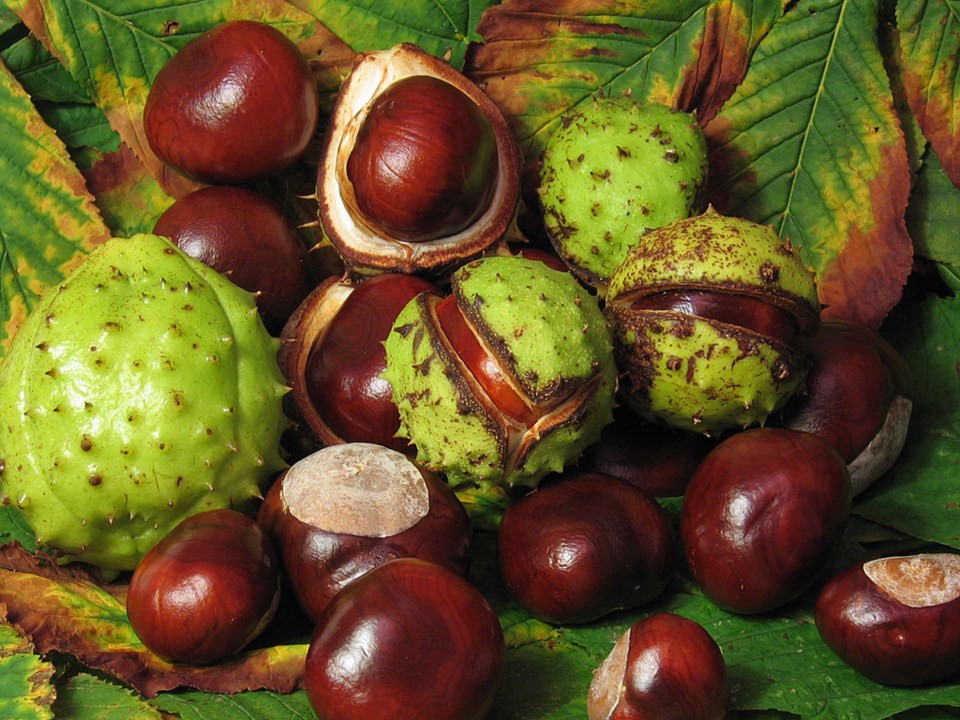On a sunny Friday afternoon, I knock on a brightly painted red door of an East Side Vancouver house. Stephen Gray — author, musician, and co-organizer of the upcoming Spirit Plant Medicine conference at UBC — welcomes me into his small home office.
I ask him about western culture’s conflicted relationship with plant medicines of traditional societies.
“A hundred years ago you could walk into an apothecary or any little pharmacy and get dozens of varieties of cannabis tinctures and oils and capsules and God knows what — without a prescription as far as I can recall. It wasn't until the ’30s in Canada and the ’20s in the United States that it became illegal and it was done for a number of nefarious reasons,” the goateed writer observes.
Plants have been used to effectively treat dozens if not hundreds of ailments for thousands of years. Proof of their efficacy is the isolation or synthesis of the active ingredients for use in pharmaceutical drugs.
It’s a long list. Horse chestnut for treatment of inflammation, quinine for malaria, autumn crocus for gout, may apple and rattlebox for cancers, false hellebore for hypertension, nasturtium for bronchitis, holy thistle for liver disorders, foxglove and lily of the valley as cardiotonics... on it goes.
Without the Gaian pharmacy of traditional societies, there would have been a lot less in modern medicine’s armoury.
Then there are the non-addictive psychotropic plants, such ayahuasca, peyote, and iboga, which have been traditionally used for healing purposes under carefully prescribed ceremonial settings.
In most industrialized nations, possession and use of such mind-altering plants remains either illegal or languishes in a legislative fog. Yet something of a scientific revolution has been occurring over the past decade, with mounting clinical evidence that psychoactive compounds — used under controlled conditions with expert guidance — can offer long-term relief to sufferers of PTSD, drug addiction, alcoholism, and terminal illness.
As Gray noted, it was only until recently that reefer madness reigned supreme in both pop culture and establishment medicine. Yet the benefits of cannabis for a wide spectrum of health conditions are now widely documented in peer-reviewed scientific literature.
The author likes to call cannabis “the people's plant.”
“It doesn't belong to anybody other than everybody, so to speak. You can muck with it and make single molecule compounds out of it. But ultimately if you just leave the damn thing alone it's a plant and it can't be patented,” he observes.
The war on drugs predates the 20th century, back to the medieval-era demonization by the church of folk medicine as witchcraft. The “scientific reductionist view” hasn’t been much better, having been “very hard on natural plant medicines and spirituality altogether,” Gray adds.
“Once people see that cannabis is a benign plant with a lot of medical benefits they can open their mind up to the little add-on that it also has this 10,000-year history of being a spiritual ally, and ‘oh, wait a minute, there are other plants like that that do that to?’”
One relatively recent, overarching term for such psychotropic substances is “entheogens,” which means literally, “awakening the divine within.” Yet the ancient notion of a healing continuum embodying plants, persons, and the planet doesn’t filter easily through a post-Cartesian mesh.
However, attitudes are changing — judicially, medically, and cross-generationally. Gray mentions how his 94-year-old father, who never touched weed before, is about to get a prescription for medicinal marijuana.
“Human brains are just loaded with cannabinoid receptors,” the author observes, adding cannabis has no LD50, which stands for the threshold of a lethal dose at which 50 per cent of users would die.
The lack of evidence for neurotoxicity makes cannabis “potentially the thin edge of the wedge” in rehabilitating the status of other traditionally-used plants and fungi, Gray insists. They need to be understood for their power in effecting the mind/body complex and approached with both caution and respect for their aboriginal sources, in legalized or decriminalized contexts.
The author believes the sixth-annual SPM conference has “our strongest roster of speakers yet,” including artist/ethnobotanist Kathleen Harrison and the “Fox News Medicine Hunter” Chris Kilham, whose program broadcasts in dozens of countries.
The conference runs from Oct. 28 to 29 at the Buchanan Building at UBC.
Further details at www.spiritplantmedicine.com
www.geoffolson.com



